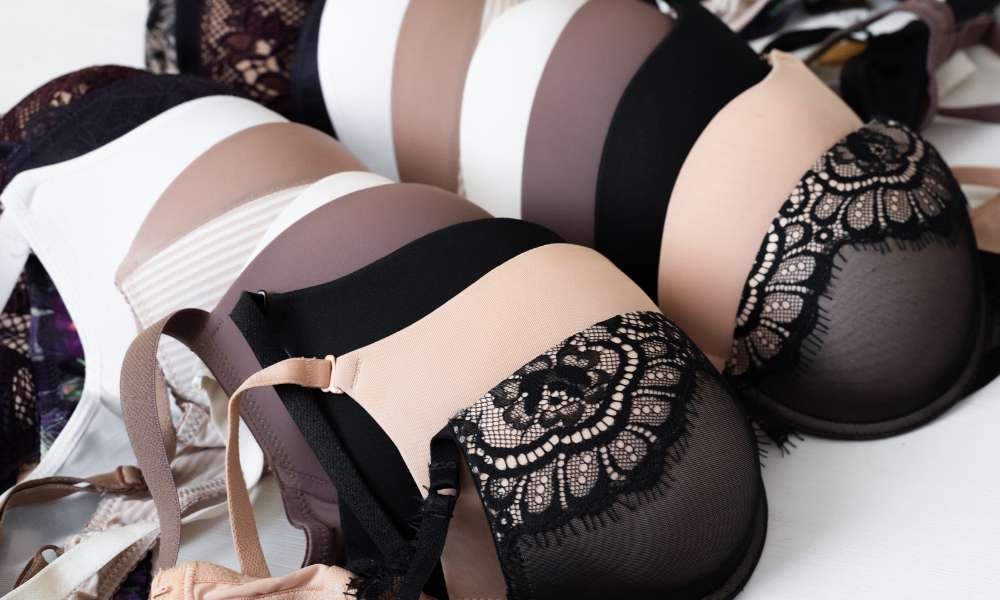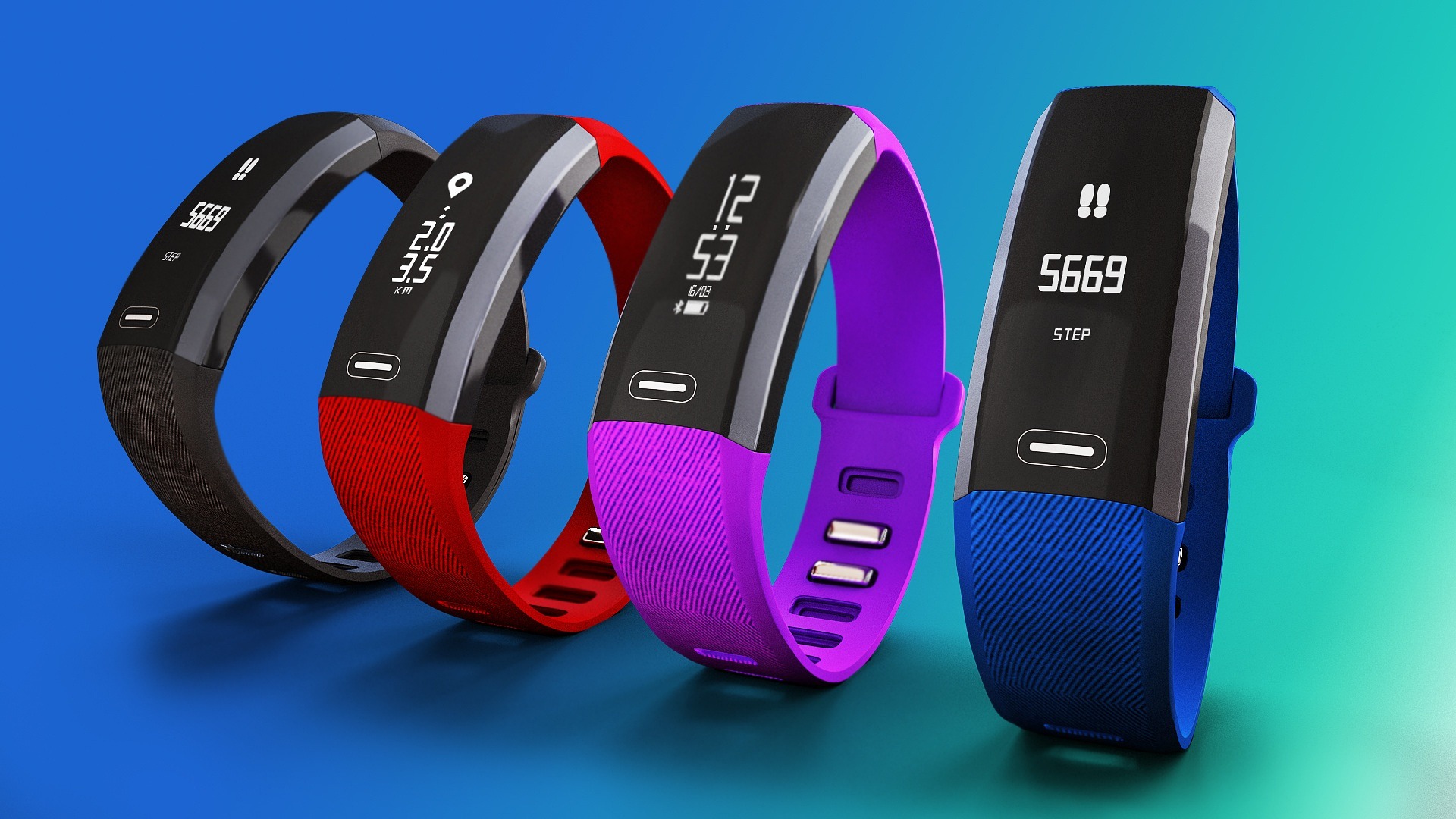Women's Underwear Trends: An Overview of Brief Styles for 2025
The women's underwear industry continues to evolve with innovative designs, sustainable materials, and inclusive sizing options shaping the market for 2025. As consumer preferences shift toward both comfort and style, manufacturers are responding with fresh approaches to classic brief styles. Understanding these emerging trends helps consumers make informed choices about their undergarments, balancing fashion-forward designs with practical considerations like durability, comfort, and price point.

What Key Trends Will Shape Women’s Underwear in 2025?
The women’s underwear landscape for 2025 shows several distinct trend directions that will dominate the market. Sustainable materials lead the charge, with brands increasingly incorporating organic cotton, recycled nylon, and biodegradable fabrics into their collections. These eco-friendly options respond to growing consumer demand for environmentally responsible fashion choices without sacrificing comfort or durability.
Technological innovation also continues to transform underwear design. Seamless construction techniques have advanced significantly, creating virtually invisible underwear that eliminates visible panty lines even under the most form-fitting clothing. Additionally, moisture-wicking fabrics with antimicrobial properties are becoming standard features rather than premium upgrades, particularly in everyday brief styles.
Perhaps most notably, the concept of “period underwear” has evolved from niche product to mainstream essential. The 2025 versions incorporate thinner, more effective absorbent layers with increased capacity and faster drying times, making them increasingly practical alternatives to traditional menstrual products.
Costs of High-Quality Women’s Underwear
High-quality women’s underwear represents a significant investment in both comfort and longevity. Premium materials and construction techniques generally command higher prices but deliver superior fit, comfort, and durability. The cost differential between budget and premium underwear has narrowed somewhat as manufacturing efficiencies improve, but substantial price gaps remain between market segments.
The material composition significantly impacts price points. Cotton blends typically represent the mid-range market, while specialized performance fabrics like micromodal, premium silk, or technical moisture-wicking materials command premium prices. Similarly, detailed craftsmanship including hand-sewn elements, decorative lace applications, or seamless construction techniques contribute to higher price points.
Many consumers now approach underwear purchasing with a “cost-per-wear” mentality, recognizing that higher initial investments often result in longer-lasting garments that maintain shape, color, and comfort through numerous wash cycles. This perspective has driven increased consumer willingness to invest in quality pieces rather than frequent replacement of lower-quality alternatives.
Womens Underwear Brands and Price Segments Overview
The women’s underwear market features distinct price segmentation with brands positioning themselves across budget, mid-range, and premium categories. Understanding these segments helps consumers make informed purchasing decisions based on their priorities and budget constraints.
| Price Segment | Typical Price Range | Representative Brands | Key Features |
|---|---|---|---|
| Budget | $5-15 per brief | Hanes, Fruit of the Loom, Target’s Auden | Basic cotton blends, simpler construction, multipack options |
| Mid-Range | $15-25 per brief | Calvin Klein, Aerie, Gap Body, Uniqlo | Better materials, more style options, moderate durability |
| Premium | $25-45 per brief | ThirdLove, Hanky Panky, Natori, Skims | Luxury materials, advanced construction, extended durability |
| Luxury | $45+ per brief | La Perla, Fleur du Mal, Agent Provocateur | Premium fabrics like silk, handcrafted details, designer aesthetic |
Prices, rates, or cost estimates mentioned in this article are based on the latest available information but may change over time. Independent research is advised before making financial decisions.
Specialty categories like period underwear typically command higher prices, ranging from $25-40 per brief, reflecting their specialized functionality and technical materials. Similarly, seamless, “invisible” briefs designed for no-show performance under clothing generally fall into mid-premium price points between $18-30 per brief.
Many brands have introduced subscription models and loyalty programs to encourage repeat purchases, often providing discounts of 10-15% compared to one-time purchases. These programs typically deliver new underwear on quarterly or semi-annual schedules, allowing consumers to regularly refresh their collection while controlling costs.
The Evolution of Brief Styles for 2025
Brief styles continue to evolve beyond traditional cuts to meet diverse consumer preferences and body types. The high-waisted brief, which gained popularity in recent years, remains strong for 2025 but with refined proportions. The updated silhouette features a slightly lowered waistband that still provides coverage but with a more modern aesthetic.
The “boyshort” style has undergone significant redesign for 2025, with brands addressing previous issues with riding up by incorporating stretch panels and contoured seaming. This makes the style more practical for everyday wear rather than just loungewear. Similarly, the hipster brief has been refined with wider side panels for improved comfort and reduced elastic pressure points.
For active lifestyles, the “sport brief” category continues expanding with designs specifically engineered for different activities. These feature strategic mesh panels for ventilation, reinforced seams for durability during movement, and moisture-management fabrics that maintain comfort during extended wear or workouts.
The traditional bikini brief remains a staple but with technical upgrades. The 2025 versions incorporate ultra-thin, bonded edges rather than visible elastic, and many feature center-back seaming designed to enhance fit and prevent uncomfortable bunching when sitting or moving.
As the underwear industry continues adapting to consumer demands for both style and function, these 2025 brief trends reflect a market increasingly focused on delivering personalized solutions for every body type, lifestyle, and preference. The most successful brands will be those balancing innovation with the enduring qualities consumers have always valued: comfort, quality construction, and reliable performance through numerous wear and wash cycles.




